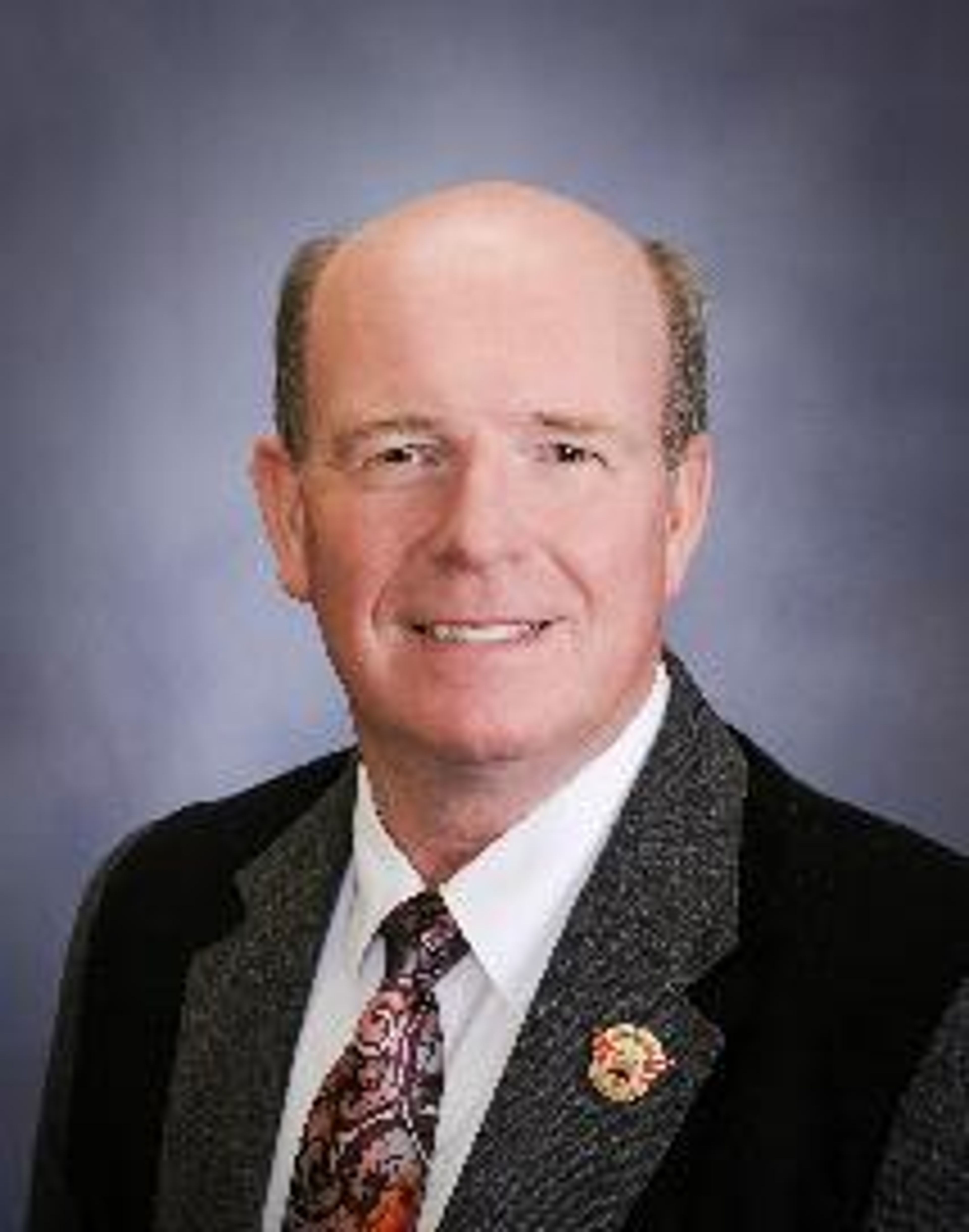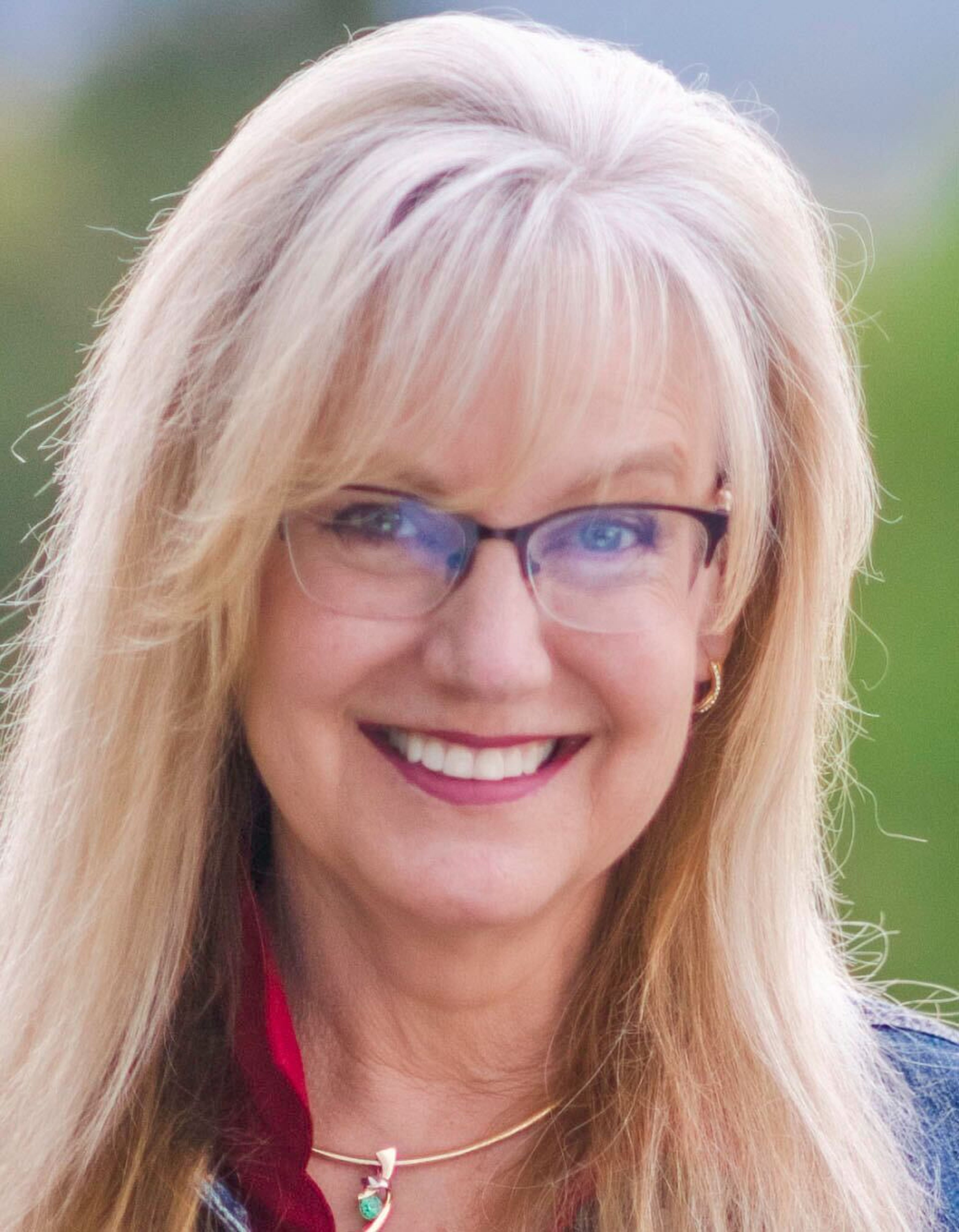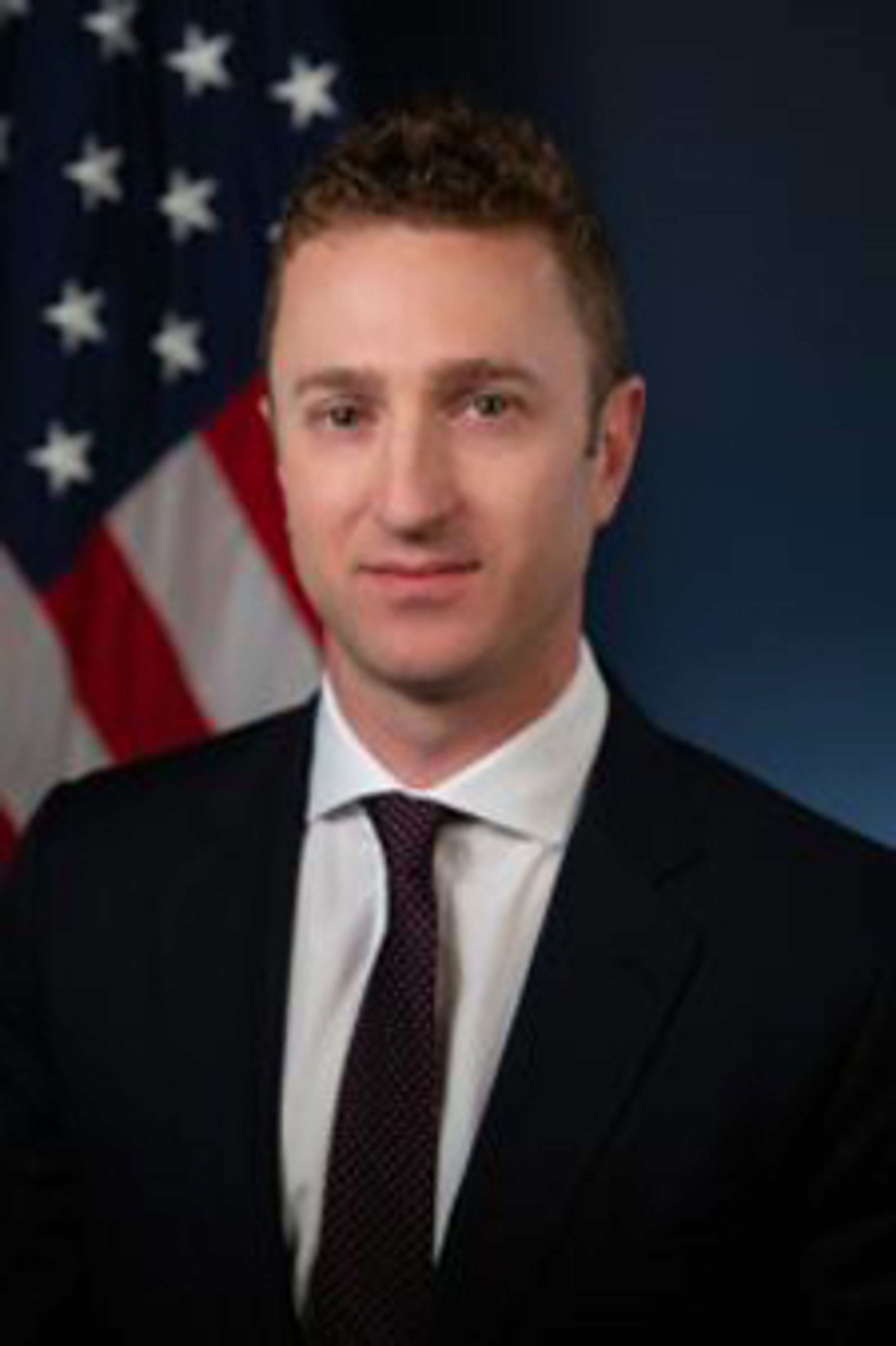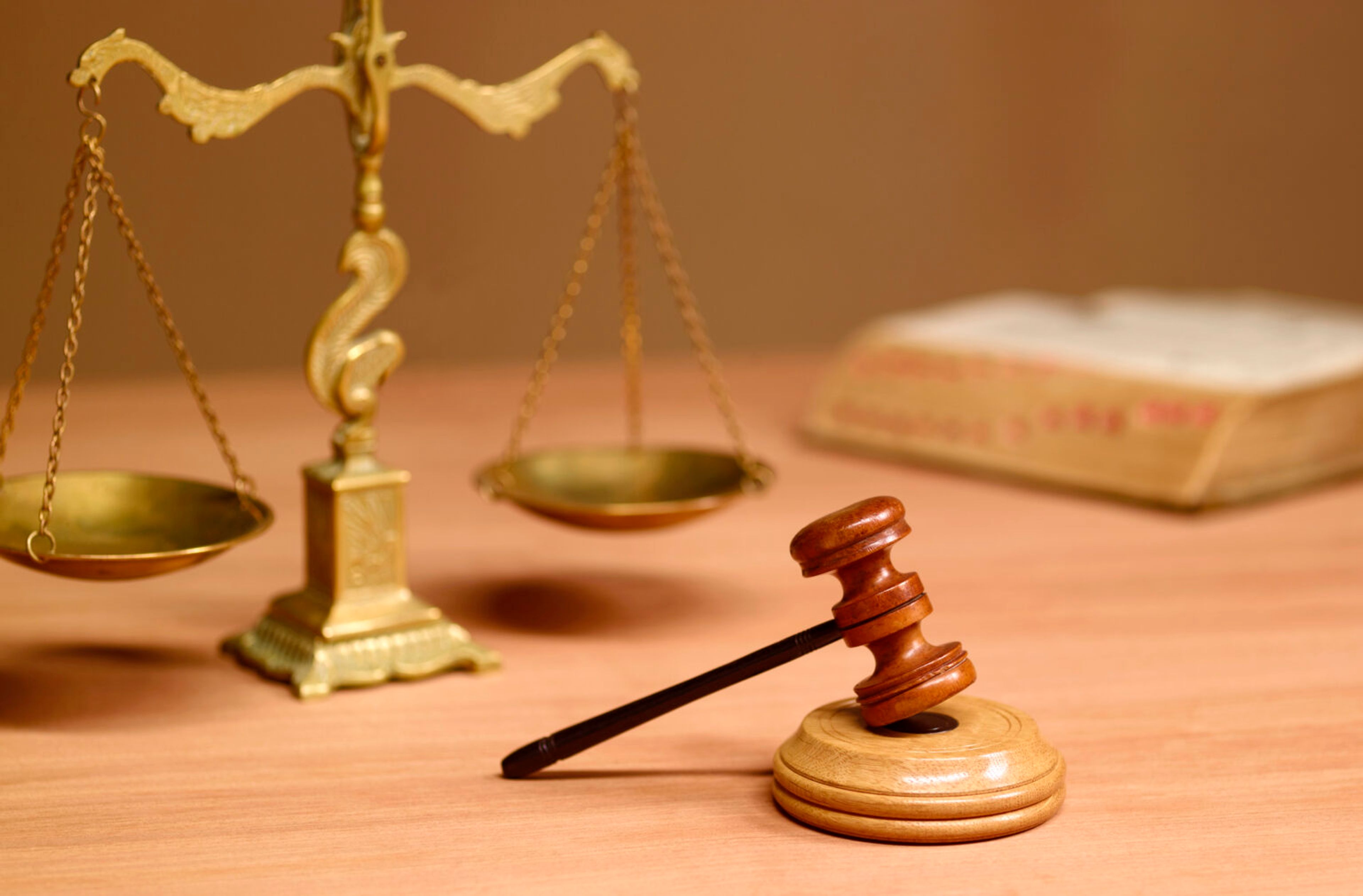At 8:15 a.m. Aug. 6, 1945, Keiko Ogura was standing outside in her Hiroshima neighborhood when she saw a bright flash.
“Everything I saw changed to white,” she told the hundreds of people in attendance at the University of Idaho Bruce M. Pitman Center.
That is when the course of world history — and the lives of people in Hiroshima — changed forever.
Ogura visited Moscow this week to share her first-hand account of the U.S. atomic bomb that decimated Hiroshima during World War II. Her speech ended with a call for unity and peace.
She was 8 years old when the bomb fell. Years later, she would go on to work at the Hiroshima Peace Memorial Museum and share her experiences at universities across the U.S. She recently met with Charles Michel, president of the European Council, to encourage steps toward peace in Ukraine, said UI President Scott Green.
Ogura’s home at the time was just far enough from the hypocenter of the blast — 1.5 miles away — that she survived. Her father told her not to go to school that day because they heard three air raid sirens the night before and he was worried an attack would come.
Her brother was working in a field by Hiroshima Station that day. He looked up and recognized the plane flying overhead as a U.S. B-29 bomber. He saw the bomb drop. Luckily, he turned away from the blast, which protected his eyes. Others, like one of Ogura’s classmates, lost their eyesight from the flash.
No one could understand how one bomb could cause so much damage, Ogura said.
The blast knocked her unconscious. When she awoke, everything was dark. She made it back home, where she found her father alive. A pine tree shielded him from the shards of glass and debris that went flying from the blast.
After the bomb dropped, those who were injured and severely burned made their way to her neighborhood to find aid. They called out for water. After Ogura offered two people water that she retrieved from a nearby well, both of them died in front of her.
The deaths did not stop there. Radiation sickened people in Hiroshima years afterward. Green said approximately 80,000 died from the initial blast, and thousands more died from the effects of radiation.
Ogura’s presentation Wednesday included photos and a video of the devastation. Pictures of Hiroshima the day after the bomb showed a burnt wasteland.
Over time, however, Hiroshima was rebuilt and the Hiroshima Peace Memorial Park was created with the message: “Let all the souls here rest in peace, for we shall not repeat the evil.”
“ ‘We’ means you and me — all of the people of this planet,” Ogura said.
With war raging in Ukraine, Ogura said she is scared for the future. She called for a unified effort to prevent a nuclear tragedy from happening again.
“Right now, I feel so scared,” she said. “I don’t want future generations, children, being involved in nuclear war. So, please, think together what we can do. I don’t know the answer, but we have to work together.”
To show their appreciation, University of Idaho students made and donated 1,000 paper cranes to the Hiroshima Peace Memorial Museum.
Ogura is also scheduled to speak to middle school students and their families at 5 p.m. today at the Moscow High School auditorium.
Kuipers can be reached at akuipers@dnews.com.











